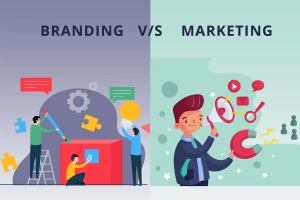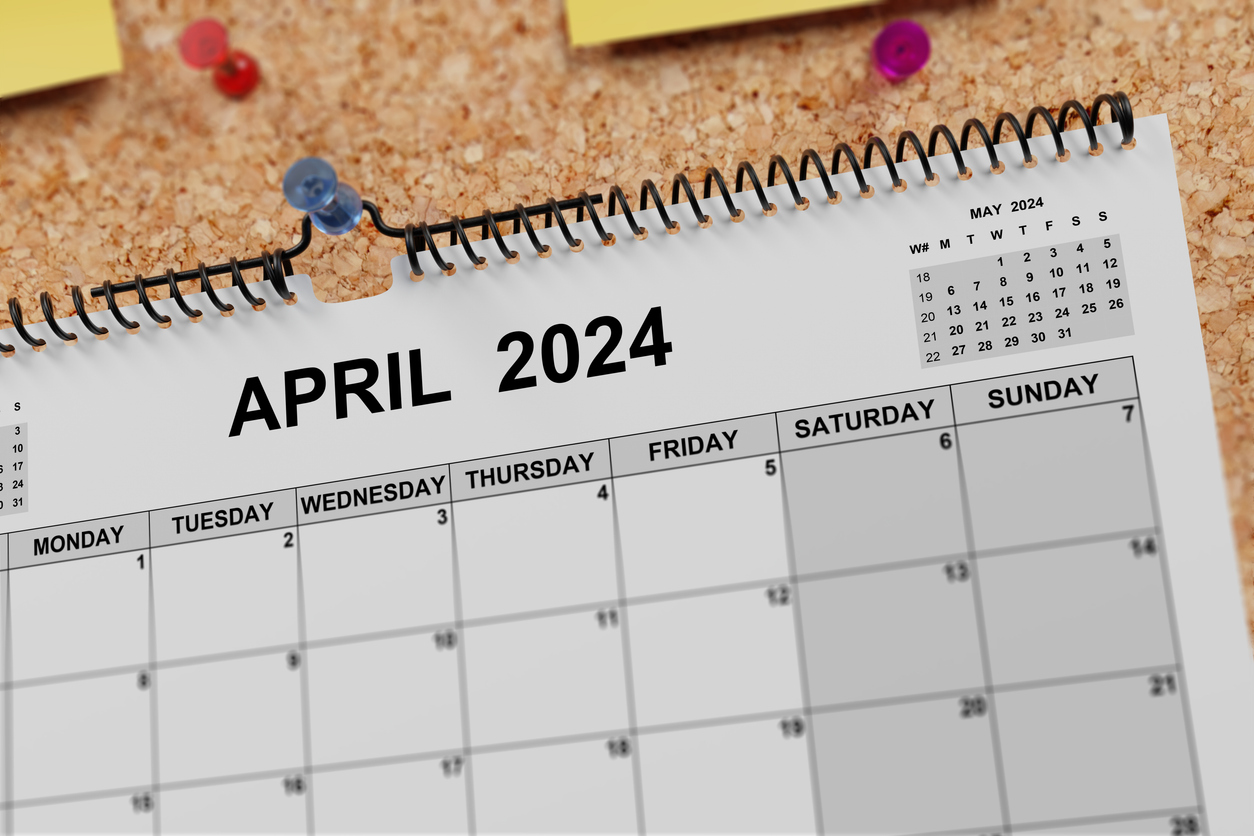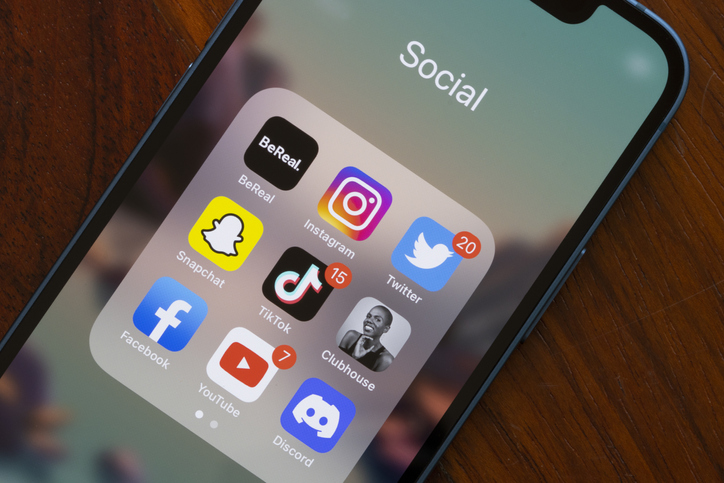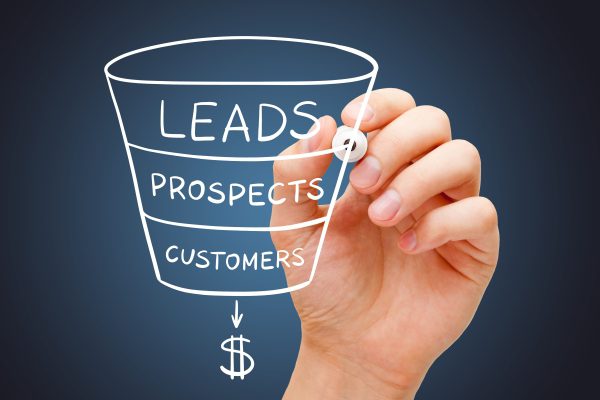
The Strategic Difference Between Branding and Marketing and How They Work Together
People often use branding and marketing interchangeably, but the two are distinctly different. Knowing how they differ is crucial to executing specific campaigns with branding or marketing goals.
Neil Patel says that “where marketing ends, branding begins.” The implication is that branding and marketing are crucial to your business’ success. So, don’t emphasize one at the expense of the other. This guide explores how they are distinct and how to leverage both to gain a competitive edge.
What is Branding?
Branding entails shaping your business identity. It gives your business character and provides a complete narrative of what you offer your customers, why you do it, and where it leads. It also entails defining your target audience, how you communicate to them, and the meaning it adds to their experience with your business.
While you can visually represent your brand through visual elements like your color palette, logo, and fonts, your brand is generally the overall experience you deliver to your customers. Think of it this way:

- Coca-Cola is more than just soda
- Starbucks is more than just coffee
- Nike is more than just sportswear
- Apple is more than just computers
These brands deliver experiences in addition to the products you buy. The brands know the experience their customers want to have when they consider a purchase. So, they continually invest in brand marketing to cultivate their brands.
How to Determine Your Business Brand?
The practice of shaping your brand identity requires that you clearly define the following:
- Your business’s core values and principles: What matters most to your company? What are you committed to, such as saving the world with eco-friendly strategies or equality for all customers?
- Your mission statement: Apart from making money, what else do you want to accomplish with your business?
- Customer experience: What feelings do you want to inspire in your customers when they interact with your business?
- Your unique selling proposition: How can you deliver something different from your competitors?
- Your brand personality: What language do you use with your customers? Is the tone fun, intelligent, creative, or casual?
- How do you highlight the right ideas: What comes to mind when customers hear your business name, and what do they associate it with?
Your brand tells your customers what they can expect from your business. It gives them a glimpse into what to expect when interacting with your services and products. With a clearly defined brand, you gain more clarity and direction for your marketing activities.
What is Marketing?
Marketing is a mix of activities and tactics you undertake to promote your brand, products, or services. The actions communicate your company’s benefits and what it offers, different from your competitors. The primary goal of the activities is to generate interest and influence the audience to buy from you instead of the competition.
The greater focus of marketing is sales rather than branding. The activities have a shorter timeframe, also known as marketing campaigns. Marketing strategies have a call to action to buy or take a step towards a purchase.
Examples of marketing activities include the following:
- Search engine optimization
- Social advertising
- Content promotion
- Promotional emails
- Pay-per-click advertising
- Print campaigns and direct mail
The Difference Between Branding and Marketing Strategy

Your brand is your business culture, the message you send to your audience about your business. It also entails the rules that govern your business. On the other hand, marketing is a set of processes and tools to promote your brand. It uses social media, SEO, mobile, traditional marketing, and local search marketing tools. If branding is the author, marketing is the publisher.
Your business needs a brand to differentiate itself from the competition. However, even the strongest brand can only succeed by constantly marketing itself, demonstrating its unique selling proposition to its target audience.
Other highlights of the differences between marketing vs branding strategies are:
- Branding comes before marketing
- Marketing boosts sales, while branding enhances customer loyalty
- Marketing is the bait that attracts your audience’s attention, while branding is the glue that keeps it intact
- Marketing strategies are dynamic and keep changing, but your branding is there to stay
- Branding impacts your business internally and externally, but marketing is more of an external factor
How Branding and Marketing Strategy Work Together?
In recent years, there has been an emphasis on the importance of customer experience in branding. It shifts the focus from design elements associated with the brand, such as the company logo, color palette, or messaging.
Once your target audience sees your logo, they may be intrigued or feel a connection to your brand. However, you must do more to generate interest in the customer for them to purchase. That’s where marketing comes in.
While marketing and branding are two distinct components of your business, they rely on each other. Depending on how you apply them together, they can contribute to the success of your business.
Your brand marketing strategies will benefit from having a solid brand at the beginning. The marketing efforts can focus on highlighting what makes your brand unique. As people become familiar with your brand and what it stands for, they can identify with your brand marketing message. A good branding strategy sets up your marketing campaign for success.
Blending Your Branding and Marketing Strategies
Both branding and marketing strategies need your attention to help your business succeed. Creating a solid brand early in business life is beneficial in creating clear and consistent brand characteristics. Then, it becomes less stressful to develop brand marketing strategies to take the business to the next level.
Both branding vs marketing strategies are more than one-off events and require ongoing effort. A professional brand strategy agency can work with you to fine-tune your strategies. Steven & Tate is a branding and marketing company that can help you blend your branding and marketing for overall business success. Talk to our experts to learn more.






























